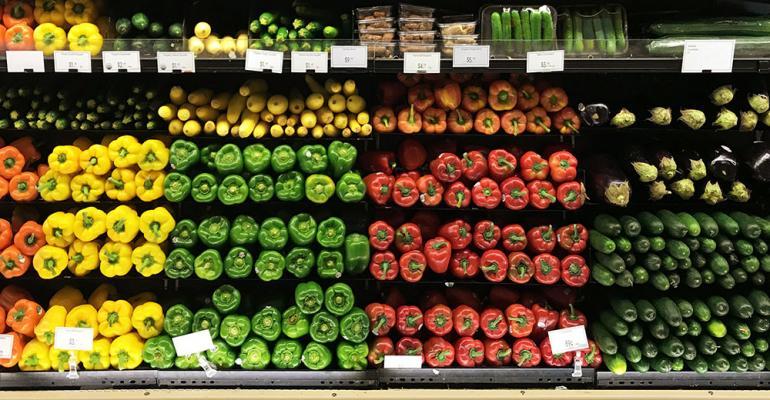Fresh produce shoppers look to reduce carbon footprint by buying local
Survey from Forager shows “eating healthier” and “more sustainably” are consumer priorities.
January 22, 2020

A new survey from Forager shows that increasingly, consumers are looking for the freshest produce with the lowest carbon footprint—and that means local. The Forager digital platform streamlines the connection between farmers and grocers to create more widespread availability of local food.
More than 100,000 local products have now been sourced through Forager, according to founder and chairman David D. Stone. “We’ve witnessed explosive growth these last two years, more than quintupling our volumes and are now working with nearly 30 independent grocers across the country who see the value of Forager for efficiency gains, access to new farms and increases in local sourcing,” he said.

(Courtesy of Forager)
In its survey of consumers, 73% of respondents were either “somewhat” or “not” satisfied with the quality and availability of local food at their regular grocery store. In addition, 80% of respondents stated they would be likely to change where they shop, if more local food were to be made available at a different grocery store and year-round. “In an era of cutting-edge greenhouse technology, obtaining produce in winter should no longer be a barrier to grocers meeting demand,” the Forager report noted. An overwhelming majority of survey respondents—93%—say they’d be likely to buy more local food if more was available at stores during the winter months. And over three-quarters of respondents would be willing to pay up to 20% more for local food.
For consumers seeking fruits and vegetables that pack the most punch nutritionally, local fits the bill, noted dietitian Lauren Parsly of Tufts Medical Center. “The overall quality and variety of nutrients may be better in locally sourced produce, which, since it doesn’t need to travel long distances, can be picked at its peak ripeness,” she said. “Local, independent farms tend to use agricultural methods that result in better soil quality than conventional farming. Better quality leads to better taste, a real motivator for keeping up an increased level of fruit and vegetables in our daily diets.”
Parsly sees a strong tie between healthy eating and a healthy planet, adding, “There is a wide-ranging trend toward consuming fewer processed foods and increasing fresh food intake. Not only are there cardiovascular benefits to plant-based eating but there are sustainability benefits as well. Many local and small farmers practice sustainable and organic farming methods that reduce exposure to pesticides.”
In its survey, Forager also asked consumers what they saw as the top benefits of going local—and whether they’d change their buying habits if it meant better access to local produce.
The survey found that local food is ticking off all the boxes for healthy living in 2020. Respondents identified their top two food-related goals for 2020 as “eating healthier” (86%) and nearly a third identified “eating more sustainably and reducing my carbon footprint.”
The benefits of eating local are myriad, noted Parsly. “Local food builds a more intimate relationship with the food you eat,” she said. “We’ve lost sight of how good food is for us, how it is our source of energy and fuel for our body. If more people understood where their food comes from and how it was cultivated there would be a deeper appreciation, a more mindful approach to what they eat.”

About the Author(s)
You May Also Like




